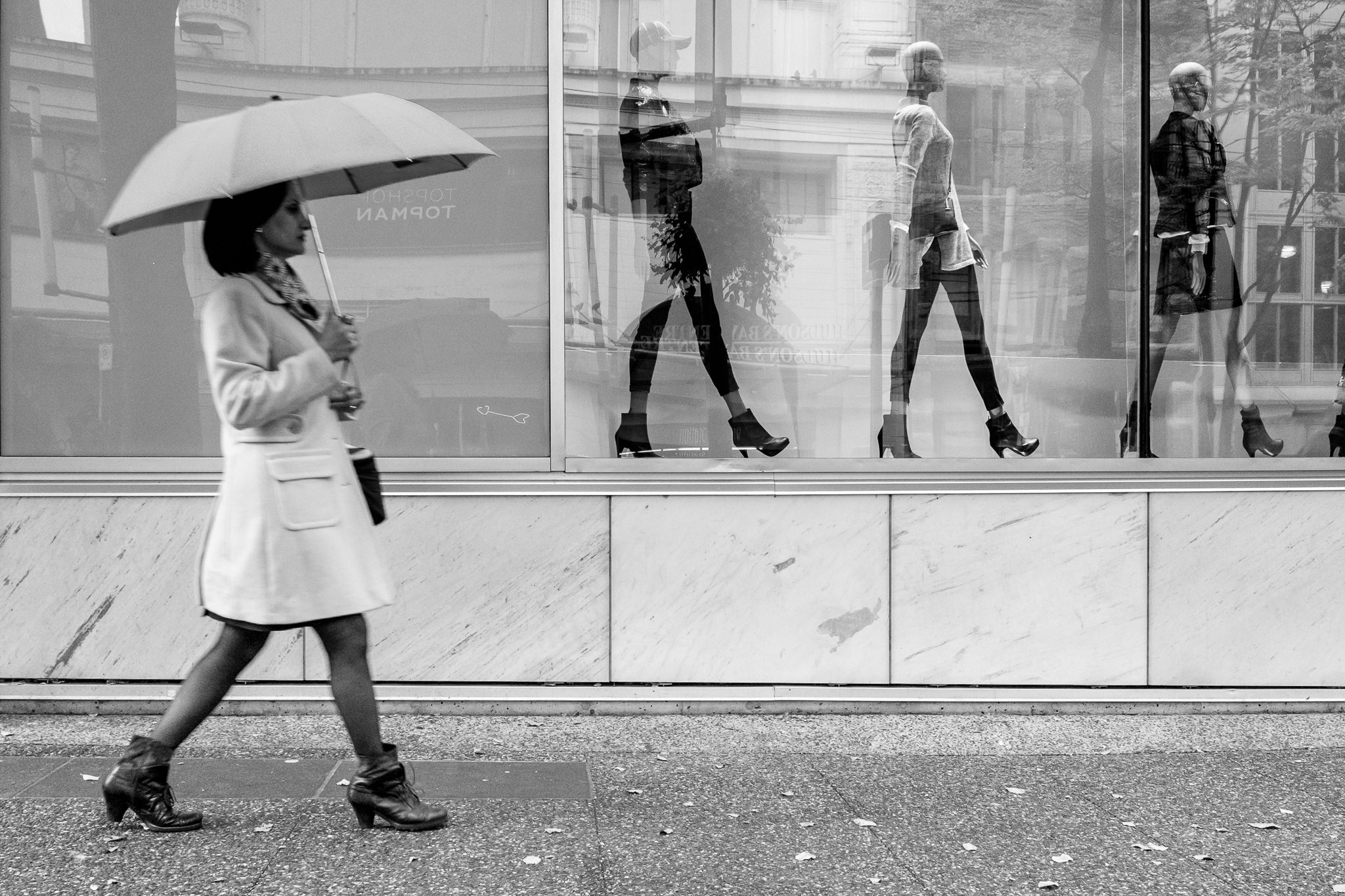The smart Trick of Framing Streets That Nobody is Talking About
Table of ContentsFacts About Framing Streets UncoveredThe 8-Minute Rule for Framing StreetsLittle Known Questions About Framing Streets.Rumored Buzz on Framing StreetsFraming Streets Can Be Fun For AnyoneFraming Streets for Beginners
, usually with the purpose of recording images at a decisive or touching minute by careful framework and timing. https://www.awwwards.com/framingstreets1/.
The Ultimate Guide To Framing Streets
Susan Sontag, 1977 Street photography can focus on people and their habits in public. In this respect, the street professional photographer resembles social documentary professional photographers or photographers who also function in public areas, however with the goal of catching newsworthy occasions. Any one of these photographers' photos might record people and home visible within or from public places, which typically involves browsing honest problems and laws of personal privacy, protection, and property.
Depictions of daily public life create a style in practically every period of world art, starting in the pre-historic, Sumerian, Egyptian and early Buddhist art durations. Art taking care of the life of the street, whether within views of cityscapes, or as the dominant motif, shows up in the West in the canon of the North Renaissance, Baroque, Rococo, of Romanticism, Realistic look, Impressionism and Post-Impressionism.
More About Framing Streets
Louis Daguerre: "Blvd du Temple" (1838 or 1839) In 1838 or 1839 the first photograph of figures in the street was tape-recorded by Louis-Jacques-Mand Daguerre in among a set of daguerreotype views drawn from his workshop home window of the Blvd du Temple in Paris. The second, made at the elevation of the day, reveals an unpopulated stretch of street, while the various other was taken at about 8:00 am, and as Beaumont Newhall records, "The Blvd, so frequently full of a moving crowd of pedestrians and carriages was flawlessly singular, except an individual who was having his boots combed.
, that was influenced to carry out a comparable documentation of New York City. As the city developed, Atget assisted to promote Parisian roads as a worthy subject for digital photography.

Everything about Framing Streets
The principal Mass-Observationists were anthropologist Tom Harrisson in Bolton and poet Charles Madge in London, and their initial record was produced as guide "May the Twelfth: Mass-Observation Day-Surveys 1937 by over 2 hundred observers" [] Home window cleaner at Kottbusser Tor, Berlin, by Elsa Thiemann c. 1946 The post-war French Humanist Institution digital photographers found their topics on the road or in the diner. Andre Kertesz.'s widely admired Images la Sauvette (1952) (the English-language version was titled The Definitive Moment) advertised the idea of taking a picture at what he termed the "definitive moment"; "when type and material, vision and composition merged into a transcendent whole" - Best Zoom Lens.
Framing Streets Things To Know Before You Buy
, after that an instructor of young kids, connected with Evans in 193839.'s 1958 publication,, was significant; raw and commonly out of focus, Frank's pictures examined mainstream photography of the time, "challenged click for more info all the formal rules laid down by Henri Cartier-Bresson and Walker Evans" and "flew in the face of the wholesome pictorialism and sincere photojournalism of American publications like LIFE and Time".